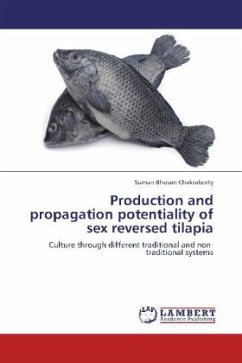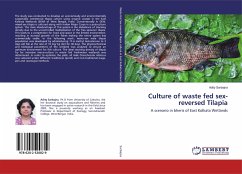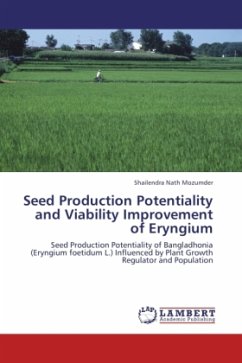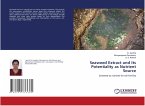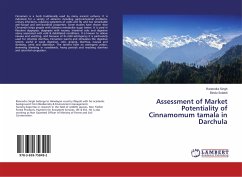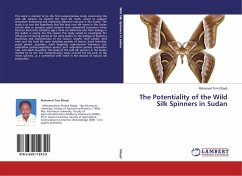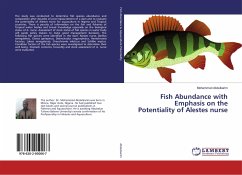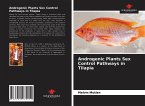Uncontrolled multiplication of tilapia leads to competition for food and space within a limited environment. Control of reproduction is possible through culture of all-male population that can be produced by treating fry with a synthetic androgen 17a-methyltestosterone (MT). This study deals with determination of a cost effective hormone treatment regime,optimum stocking density for monoculture of tilapia under the pretext of Indian aquaculture practices, comparative analysis of growth potential of monosex and mixed-sex fish during cistern, flow-through, pen, cage and pond culture. Potential of polyculture of Indian major carps with sex-reversed tilapia is also discussed. A probable molecular mechanism with respect to androgen receptor expresiion behind the growth increase in MT treated fish is postulated. Outcomes of this study would help to establish tilapia culture in scientific, economic and eco-friendly manner with maximum yield in minimum duration. The analysis should benefit not only the researchers but Indian fish-farmers associated with tilapia culture as well.
Bitte wählen Sie Ihr Anliegen aus.
Rechnungen
Retourenschein anfordern
Bestellstatus
Storno

